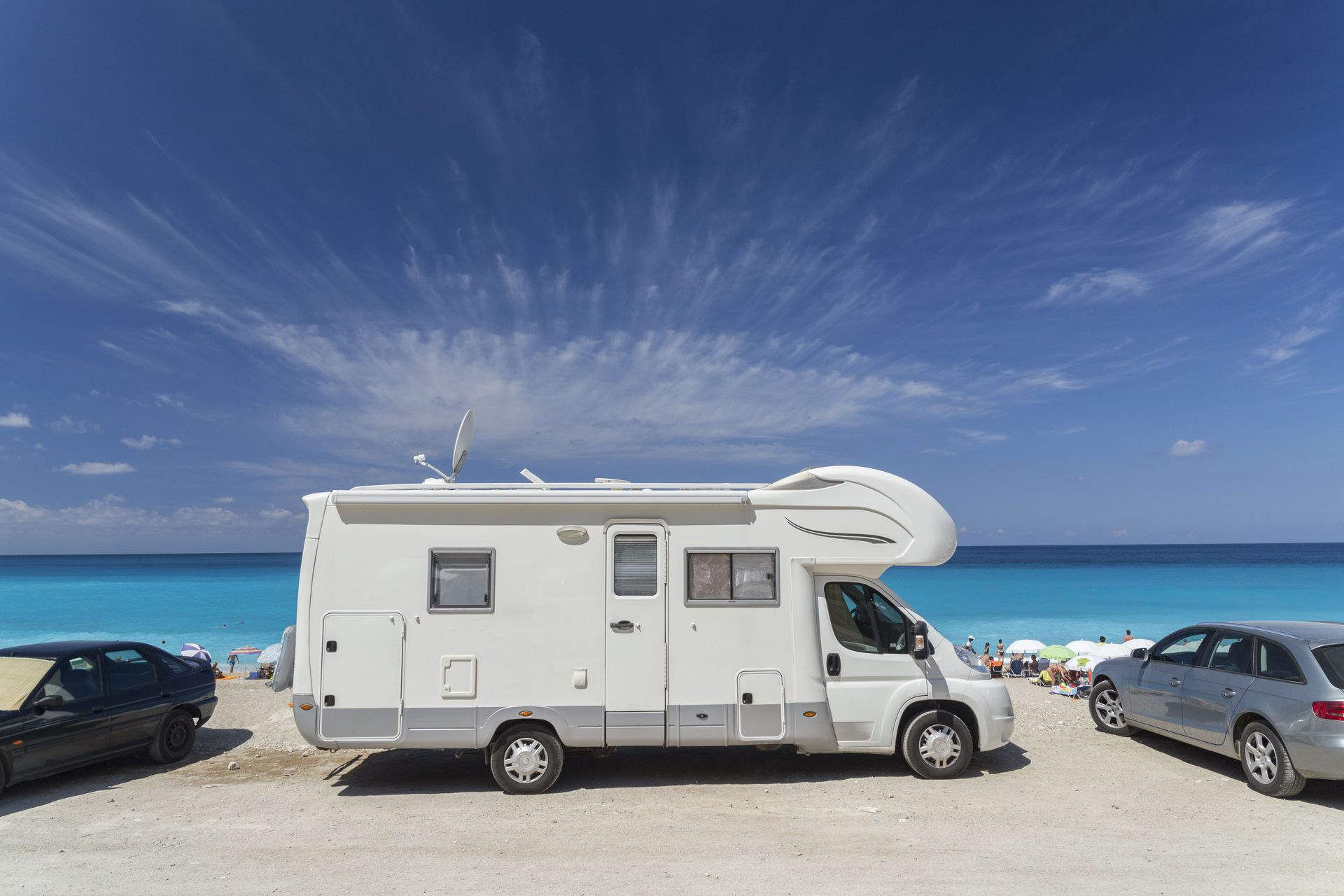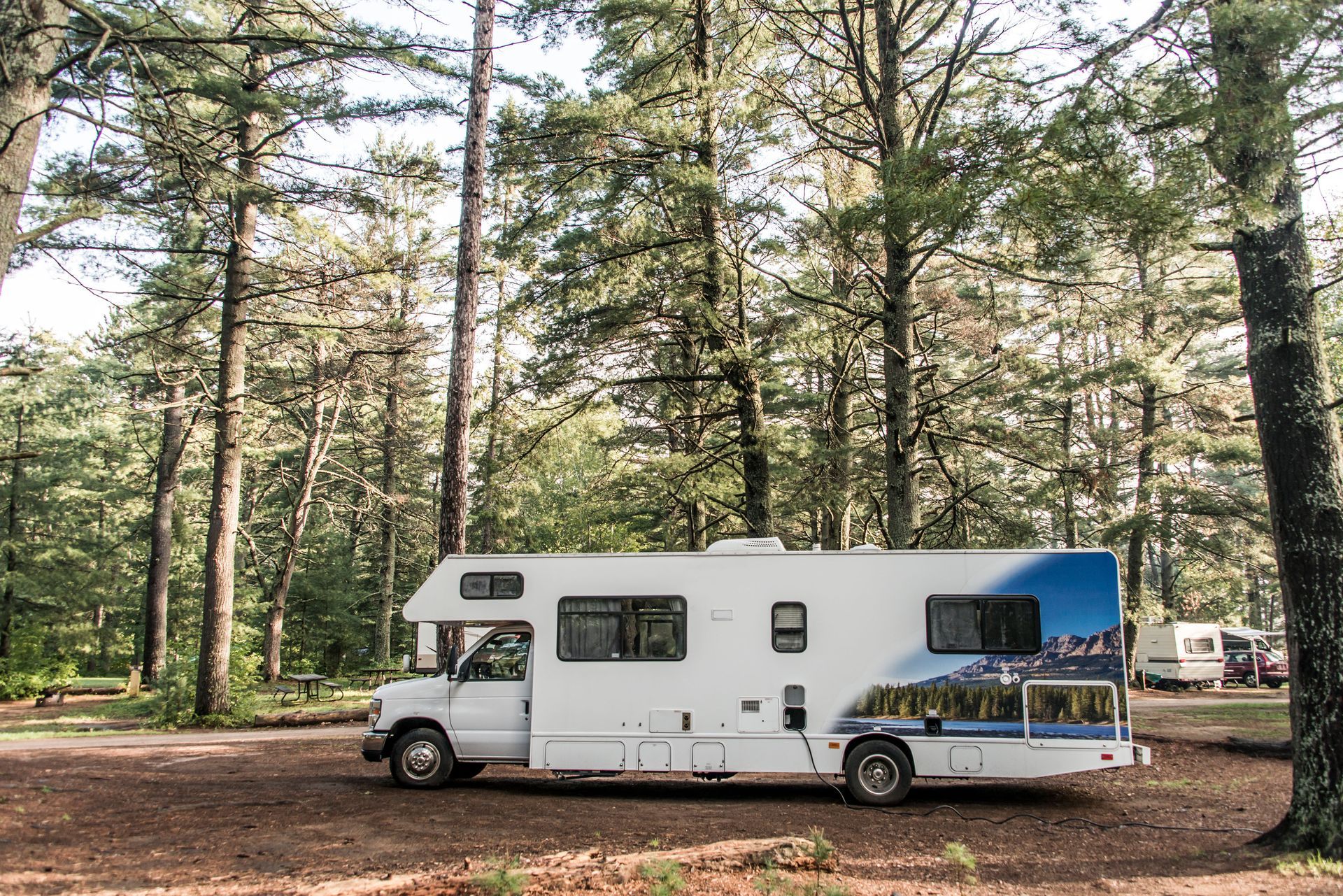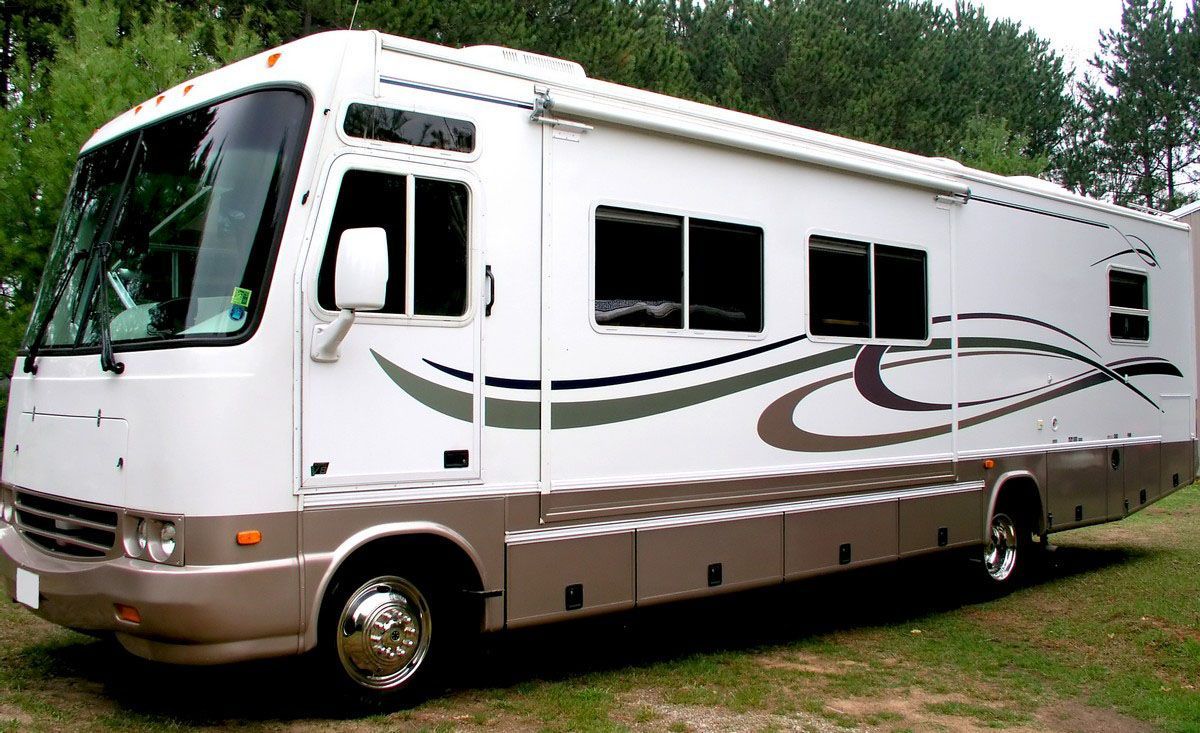How Weather Can Affect Your RV Roof
In the world of RV maintenance, one aspect that often gets overshadowed is the impact of weather on your vehicle's roof. Understanding how different weather conditions can affect your RV roof is crucial for ensuring its longevity and functionality. This article explores the various weather factors that can compromise the integrity of your RV roof and provides insights on how to protect it.
1. Sun and UV Damage
1.1 Effects of Prolonged Sun Exposure
Prolonged sun exposure is one of the most significant threats to RV roofs, leading to material deterioration and weakening. The roof of an RV is constantly exposed to sunlight, which can cause the materials to dry out and become brittle. Over time, this exposure can result in cracks and leaks, compromising the structural integrity of the roof. Additionally, sustained UV exposure can fade the color and finish of the roofing material, affecting its aesthetic appeal. It is essential for RV owners to be aware of these effects and take preventive measures to shield their vehicle's roof from harsh sun exposure.
1.2 UV Radiation and Material Degradation
UV radiation is a leading cause of material degradation in RV roofs. It accelerates the aging process of roofing materials, causing them to break down faster than in shaded or indoor environments. This radiation can penetrate roof coatings and initiate chemical reactions that reduce the flexibility and durability of the roofing material. Cracking and peeling are common symptoms of UV-induced degradation, often leading to costly repairs. Protecting the roof with UV-resistant materials and coatings can help mitigate these issues and extend the life of an RV roof.
1.3 Heat-induced Expansions and Contractions
Fluctuations in temperature due to sunlight can cause the materials of an RV roof to expand and contract. This continuous cycle of expansion and contraction can result in stress on the seams and joints of the roof. Over time, these movements can weaken the roof structure, making it more susceptible to leaks and other forms of damage. It is essential for RV owners to regularly inspect their roofs for signs of seam weakness or other heat-related damage. Using flexible materials in the construction or repair of RV roofs can help accommodate these temperature-driven expansions and contractions.
1.4 Protective Coatings and Their Benefits
Protective coatings are a popular solution to combat the adverse effects of sun and UV exposure on RV roofs. These coatings create a barrier that reflects sunlight, reducing the amount of heat that penetrates the roof surface. Not only do these coatings help preserve the integrity of the roofing material, but they also help in keeping the interior of the RV cooler. Furthermore, protective coatings can enhance the UV resistance of the roof, significantly delaying the degradation process. Applying these coatings is a cost-effective measure to extend the life of an RV roof and minimize maintenance costs.
1.5 Maintenance Tips for Sun Protection
To protect an RV roof from sun damage, regular maintenance and proactive measures are essential. Start by parking the RV in shaded areas whenever possible or use an RV cover to block direct sunlight. Regularly clean the roof to remove dirt and debris, as these can intensify UV damage. Apply a UV-resistant roof sealant annually to enhance protection against sun exposure. Additionally, regular inspections can help identify early signs of damage, enabling timely repairs and reducing the risk of more severe damage.
2. Rain and Moisture
2.1 Water Seepage and Its Consequences
Water seepage is a common issue that RV owners face, particularly during prolonged or heavy rainfall. Even small amounts of water can penetrate a weakened or damaged roof surface, leading to water accumulation within the structural components. Once water enters the interior, it can cause damage to the RV's insulation and electrical systems, leading to costly repairs. Over time, constant water seepage can cause significant deterioration of the roof materials. Preventative care, such as resealing roof seams and addressing vulnerabilities promptly, is essential to avoid the consequences of water seepage.
2.2 Mold and Mildew Growth
Moisture trapped within an RV roof can create the ideal environment for mold and mildew to thrive. These fungi can quickly spread, not only damaging the roof structure but also posing health risks to the occupants of the RV. The presence of mold and mildew can lead to unpleasant odors and degrade air quality. Regular roof inspections and immediate addressing of leaks or water stains are critical to preventing the growth of mold and mildew. Utilizing mold-resistant materials and treatments can also help combat this issue, ensuring a healthier environment within the RV.
2.3 Checking and Sealing Roof Seams
Roof seams are particularly vulnerable to moisture infiltration, making them critical areas for regular inspection and maintenance. Checking these seams for signs of wear, cracking, or loosening can help in identifying potential leaks before they become problematic. Applying sealants specifically designed for RV roofs can enhance the waterproofing of these seams, ensuring that they resist future water infiltration. Regular maintenance of roof seams is not only crucial for preventing leaks but also extends the durability and functional life of the RV roof. Consistent attention to seam integrity forms a central part of any comprehensive roof care routine.
2.4 Material Choices for Waterproofing
Selecting appropriate materials is pivotal in ensuring the waterproofing of an RV roof. Modern advancements in roofing materials offer options that provide superior resistance to water infiltration. Rubber roofing, for instance, offers a high degree of elasticity and can effectively seal out water. Many RV owners opt for roofing membranes with built-in waterproofing capabilities to enhance overall resilience. Choosing durable, waterproof materials during construction or roof replacement can significantly improve protection against moisture-related damage.
2.5 Regular Inspection and Maintenance Practices
The value of conducting regular roof inspections cannot be overstated, especially considering the increasing number of RV owners. According to Camper FAQs, RV ownership has grown by more than 62% over the past two decades, indicating a broadened need for maintenance awareness. Routine inspections can help identify potential issues such as micro-tears, loose seams, or damaged protective layers before they escalate. Addressing these problems early can save RV owners from costly repairs and preserve the vehicle's integrity. Creating a detailed maintenance schedule that includes consistent inspections and prompt responses to identified issues is essential to sustaining a healthy RV roof.
3. Snow and Ice
3.1 Weight Stress on the Roof Structure
Snow accumulation during winter months can exert significant weight stress on an RV roof, impacting its structural integrity. The excessive weight from compacted snow can cause sagging or even lead to structural failures. Most RV roofs are not designed to sustain heavy snow loads, making them susceptible during prolonged winter conditions. Preventative snow removal plays a crucial role in mitigating these risks. Implementing snow guards and maintaining clear roof surfaces can help in preserving the structural health of the RV roof during harsh winter weather.
3.2 Ice Dams and Their Dangers
Ice dams are another common winter hazard that RV owners need to be aware of. These ice formations occur when snow on the roof melts and refreezes at the edges, creating a dam that obstructs further water from draining. This trapped water might seep back under the roof shingles or through compromised seals, leading to potential leaks and interior water damage. Ice dams can also exacerbate freeze-thaw cycles, worsening damage to the roof structure over time. By maintaining adequate insulation and ensuring proper roof ventilation, RV owners can effectively prevent the formation of ice dams.
The roof of your RV is its first line of defense against the elements, and understanding how different weather conditions can affect it is essential for its preservation. By taking proactive measures to maintain and protect your RV roof, you can extend its lifespan and ensure a safe, enjoyable experience on the road. Regular inspections, timely repairs, and appropriate protective measures are key components of effective roof maintenance against weather-related damage. Be sure to reach out to RV Roof & Repair Oklahoma today for more information on our professional RV roof services!







Share On: